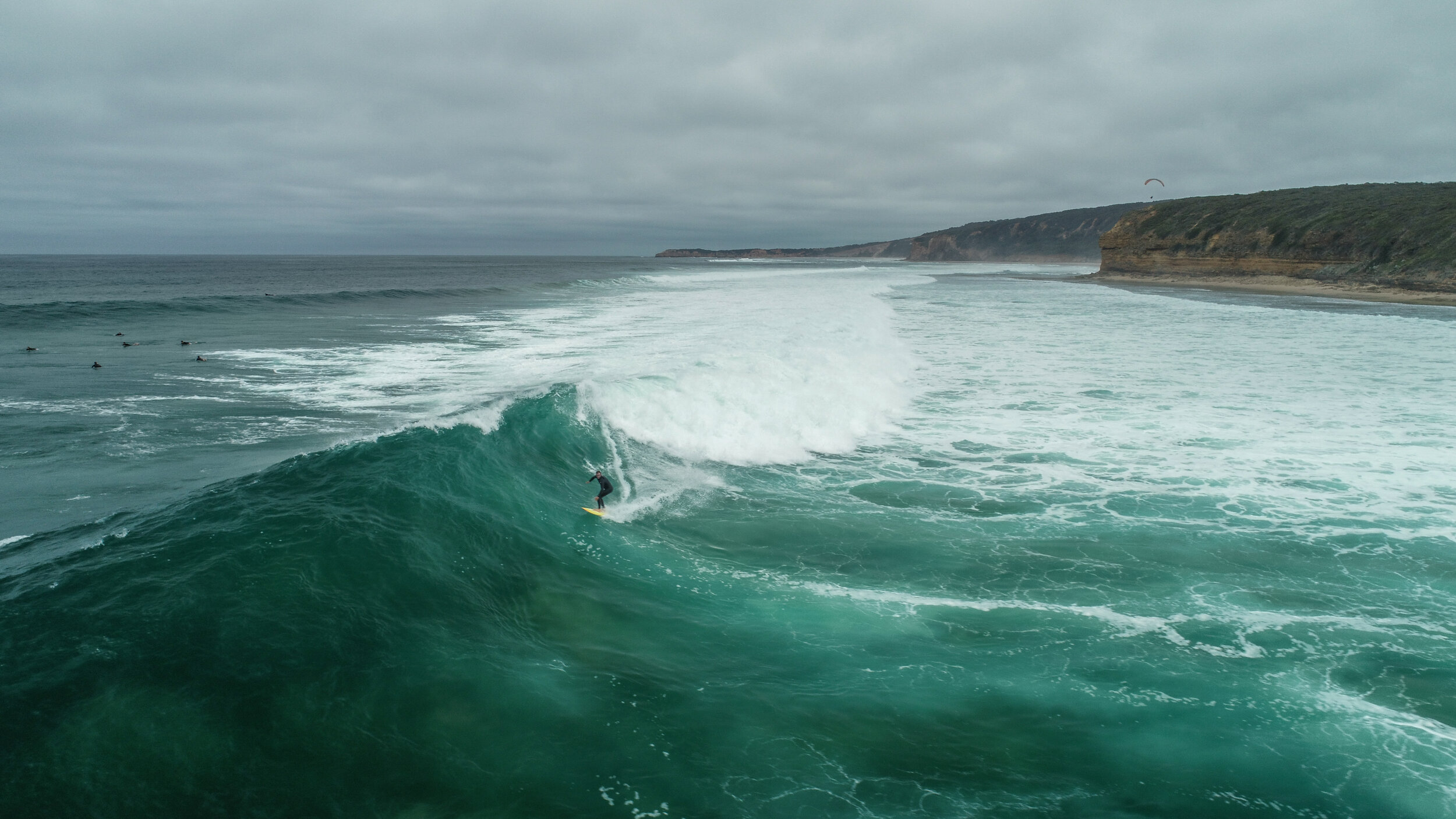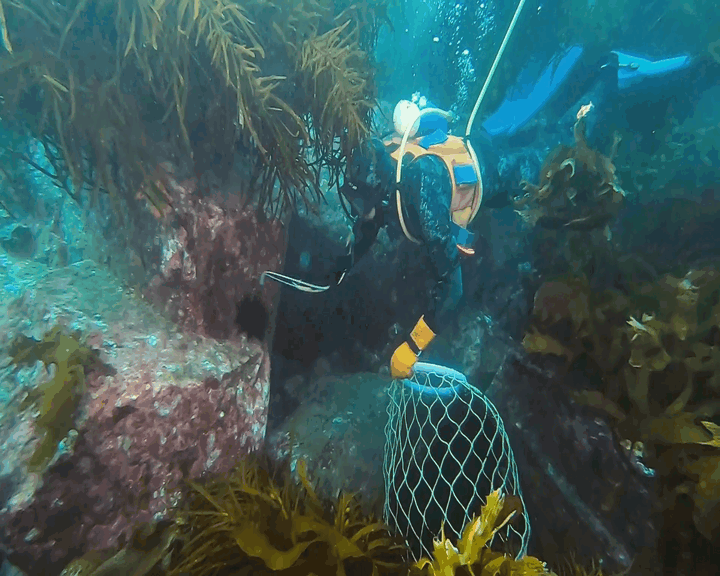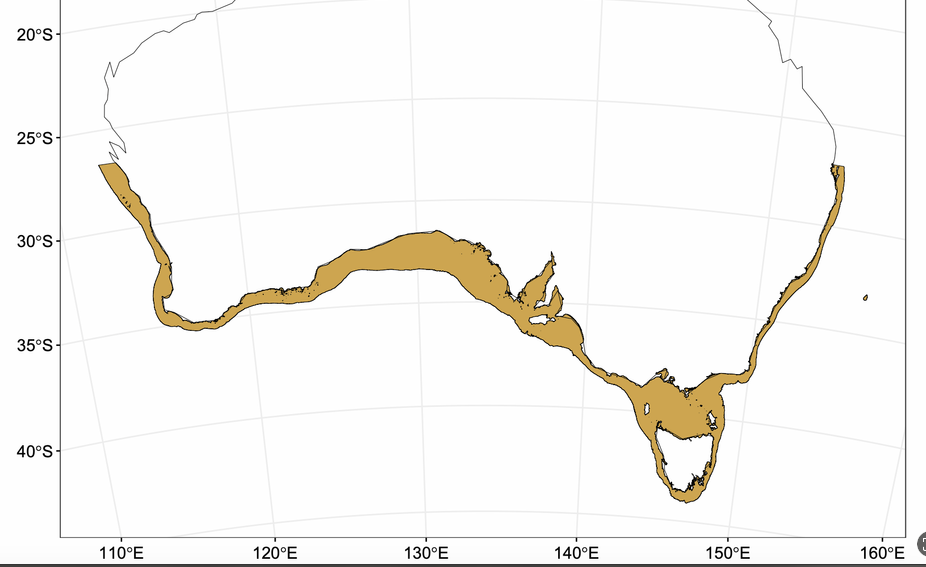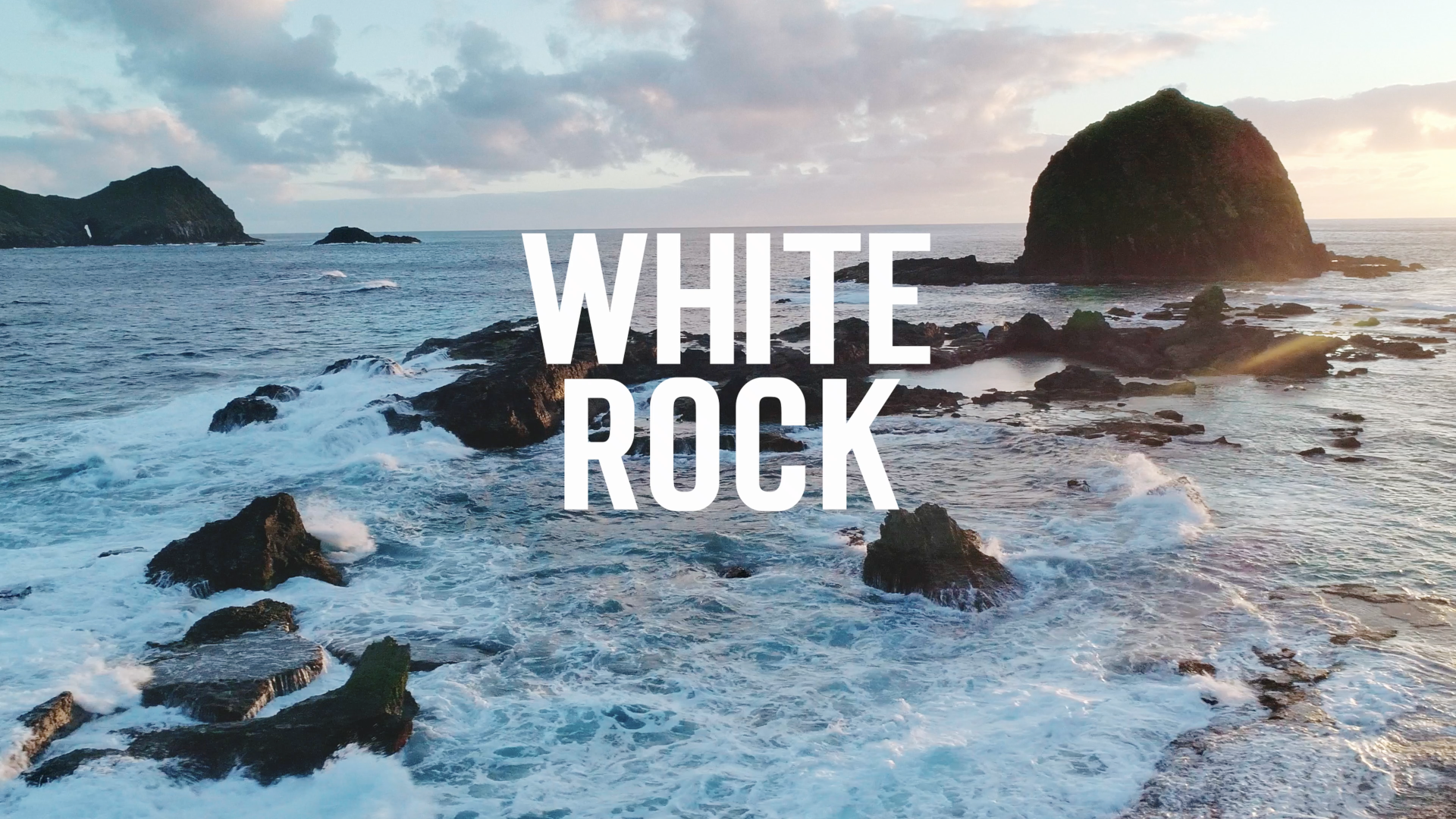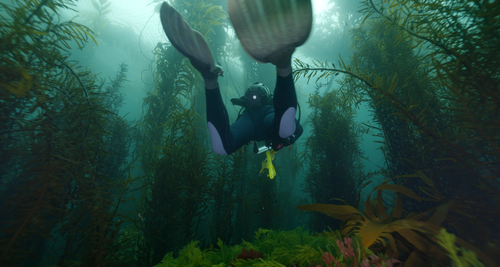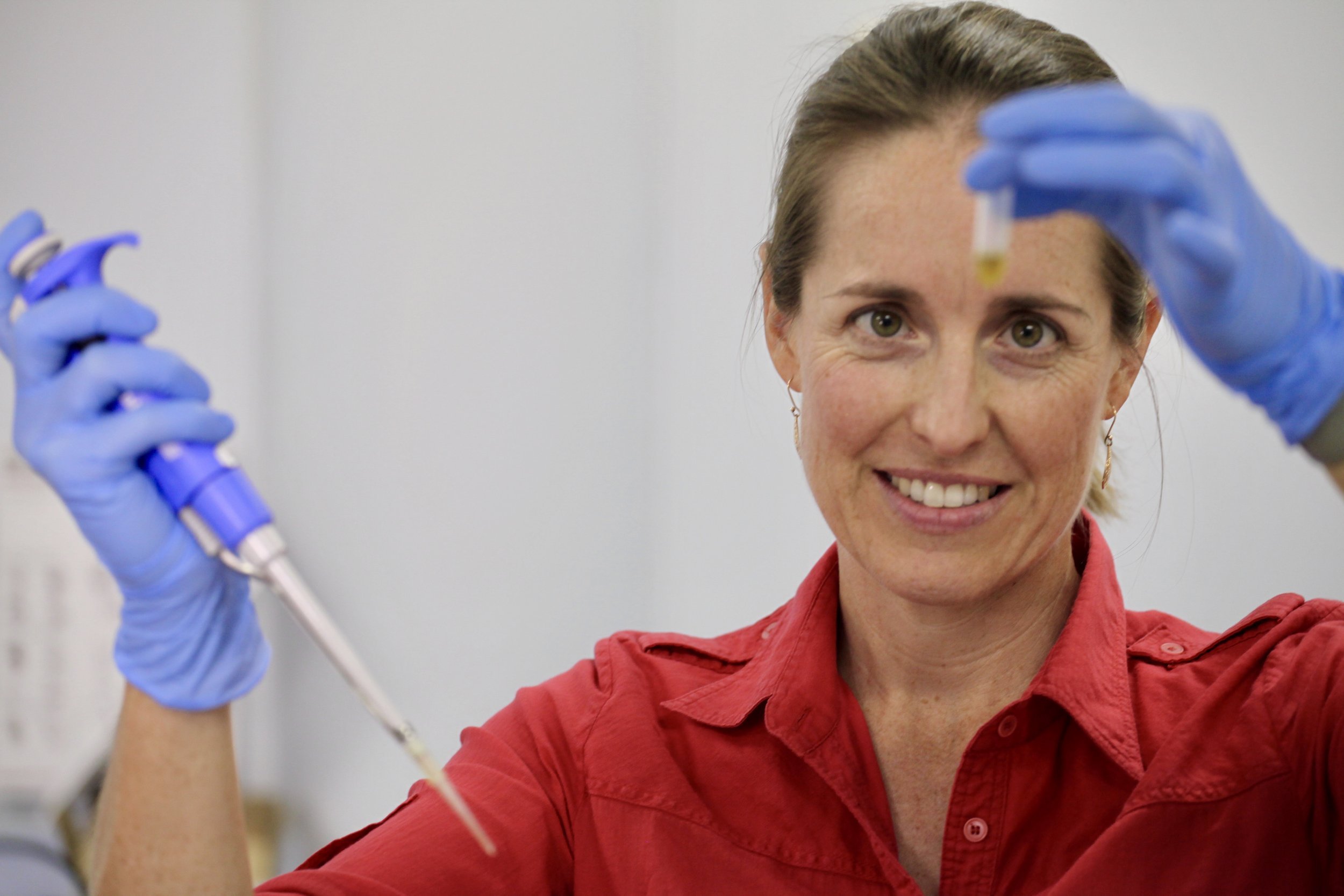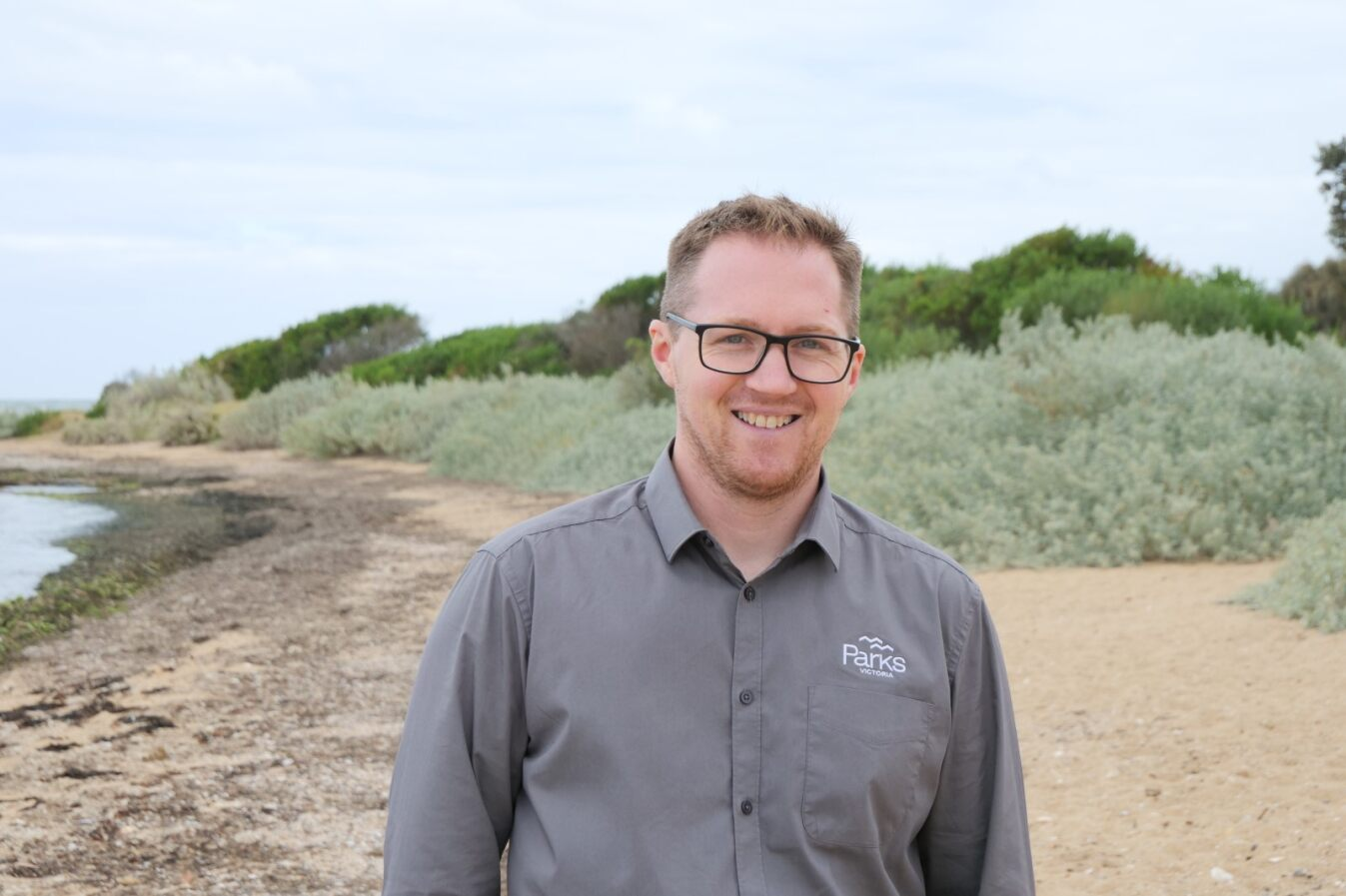articles
-
![]()
Tracking the Toll of South Australia's Persistent Harmful Algal Bloom
As the algal bloom pushes further up South Australia's coast, new species are being impacted and the scale of the marine mortality event continues to grow. This June update shares the latest findings, species tallies, and local observations.
-
![]()
South Australia's Harmful Algal Bloom
A harmful algal bloom has swept through South Australia's waters, causing widespread marine deaths and long-term ecological impacts. This update explores what’s driving the bloom, which species are most affected, and what it means for the future of the reef.
-
![]()
australia's south east mare park
Discover how 15 years of research are shaping the future of Australia’s South-east Marine Parks. This update unpacks the Draft Management Plan for 2025–2035, showcasing new sanctuary zones, deep-sea discoveries, and the science guiding long-term protection.
-
![]()
Centrostephanus rodgersii: A Native Urchin Reshaping Southern Reefs
The longspined sea urchin is reshaping southern reefs. Discover how this climate-driven native species is creating urchin barrens, threatening kelp forests, and what scientists, fishers, and communities are doing in response.
-
![]()
Not All Species Move South: Rethinking Reef Responses to Climate Change
New research led by Yann Herrera Fuchs reveals that many reef species aren’t moving south as expected in response to warming oceans. Instead, long-term data show surprising stability, local resilience, and complex shifts — with big implications for how we monitor and manage the Great Southern Reef.
-
![]()
Green Gravel and Golden Kelp: Australia's Bold Restoration Experiments
From golden kelp to giant kelp, oyster reefs to seagrass beds - researchers across the Great Southern Reef are leading innovative efforts to restore marine habitats. Learn how science, innovation, and community collaboration are helping revive these vital ecosystems.
-
![]()
Everything You Need to Know About the Great Southern Reef
This FAQ unpacks everything from biodiversity and climate threats to how you can help protect Australia’s unique temperate reef system.
-
![]()
Brewed for Sea Country: The Story Behind ‘Uni’
Uni isn’t just a beer. It’s a story in a can. Blending sea urchins, lemon myrtle, and cultural knowledge, this bold brew from Sailors Grave and Nura Gunyu is sparking new conversations about ecology, climate, and Sea Country.
-
![]()
white rock documentary hits the road
White Rock is a 35-minute documentary uncovering an overlooked impact of the climate crisis: the explosion of longspined sea urchins which are devastating Australia's kelp forests. With stunning visuals and impactful storytelling, the film captures the urgent threat to these ecosystems and presents tangible solutions to save them.
-
![]()
Voices of the Reef: Feature Creators
Each month, we spotlight a creator whose work reflects a deep connection to the Great Southern Reef. From storytellers to scientists, artists to educators…. discover how people around Australia are inspired by our southern reef systems.
-
![]()
A National Effort to Understand and Protect the Great Southern Reef
The Great Southern Reef Research Partnership brings together leading Australian scientists, agencies, and NGOs to better understand and protect one of the world’s most unique and threatened reef systems. Through national monitoring, ecological assessments, and social science, the partnership is building a foundation for long-term reef stewardship.
-
![]()
Amok Island: Art Inspired by Australia’s Southern Reefs
From murals to minimalism, Amok Island captures the beauty and complexity of the Great Southern Reef through his signature geometric style. Turning seaweed, fish, and coral into striking modern forms.
-
![]()
inside the hunting mind of a hunting sea lion
New research using sea lion-mounted cameras reveals the hidden strategies and surprising personalities of Australia’s only endemic pinniped, offering vital clues for conservation and a rare glimpse into how these animals learn, adapt, and survive.
Meet the Scientists
-
![]()
Scott Bennett
The concept of the Great Southern Reef originated from a paper published by Bennett and colleagues in 2015.
-
![]()
Thomas Wernberg
Professor Thomas Wernberg is a renowned marine ecologist with a profound connection to the ocean, particularly the study of kelp forests.
-
![]()
Adriana Vergès
Professor Vergés' passion extends beyond the realm of research as she consistently focuses on applying her findings for real-world impact.
-
![]()
Melinda Coleman
Melinda Coleman, a leading marine scientist and geneticist, is on a mission to unlock the secrets of the Great Southern Reef.
-
![]()
Sean Connell
In the realm of marine ecology, Professor Sean Connell stands as a prominent figure and a true trailblazer.
-
![]()
Scott Ling
Associate Professor Scott Ling has dedicated his career to the understanding and preservation of Australia's marine ecosystems.
-
![]()
Prue Francis
Prue Francis stands at the forefront of ocean literacy and marine conservation, engaging students, educators, and the wider community.
-
![]()
Gretta Pecl
Gretta Pecl has built a global reputation as a marine science communicator and advocate for citizen science.
-
![]()
Michael Sams
As manager of marine and coastal programs at Parks Victoria, Sams combines research with strategic action to address complex ecological challenges.
you may also like:
-
![]()
The longspined sea urchin is native to New South Wales and eastern Victoria. But in 1978 the first animal was detected in Tasmania where it has since increased dramatically in numbers. The urchin arrived in Tasmania due to changes in ocean climate and ocean current conditions, specifically an increase in strength of the East Australian Current.
-
![]()
White Rock is a 45-minute documentary uncovering an overlooked impact of the climate crisis: the explosion of longspined sea urchins which are devastating Australia's kelp forests. With stunning visuals and impactful storytelling, the film captures the urgent threat to these ecosystems and presents tangible solutions to save them.
-
![]()
Looking to deepen your knowledge on the rich biodiversity found in Australia's temperate reefs? This space is designed for you.
-
![]()
Australian researchers are working at the global forefront of marine habitat restoration, with projects underway in every state along the Great Southern Reef. Habitat restoration is a resource intensive exercise used as a last resort for areas where vital habitats have been lost or are in decline and natural recovery is not occurring. Currently there are active restoration projects on the GSR working to restore seaweeds, seagrasses, and oyster reefs.
-
![]()
Every month, we feature a creator from around the Great Southern Reef (GSR), showcasing their unique connection, creative expression, and passion for this extraordinary marine ecosystem. Through photography, art, storytelling, and film, these creators highlight the reef’s beauty, biodiversity, and the critical challenges it faces.
-
![]()
What is the Great Southern Reef? What is unique about it? and how is climate change affecting it? Find out answers to these questions and more in our FAQ page.
-
![]()
Associate Professor Ling has been instrumental in discovering the complex factors contributing to the urchin problem, casting new light on how climate change, predatory interactions, and ecological balance play into the crisis.
-
![]()
The Great Southern Reef Research Partnership is a collaboration between universities, management agencies, and NGOs from across Australia, is taking a whole-of-system approach to safeguard the critical functions, fisheries, and biodiversity of the Great Southern Reef.
-
![]()
The Great Southern Reef Foundation has partnered with Fremantle-based multidisciplinary artist Amok Island to create a stunning limited edition print, Iconic Species of the Great Southern Reef. This artwork showcases 18 unique species found along this extraordinary marine ecosystem.
